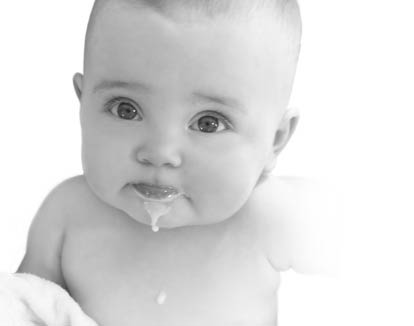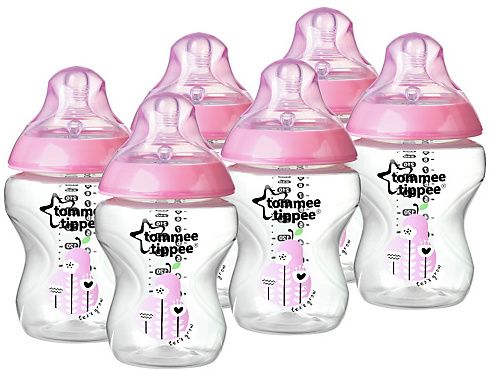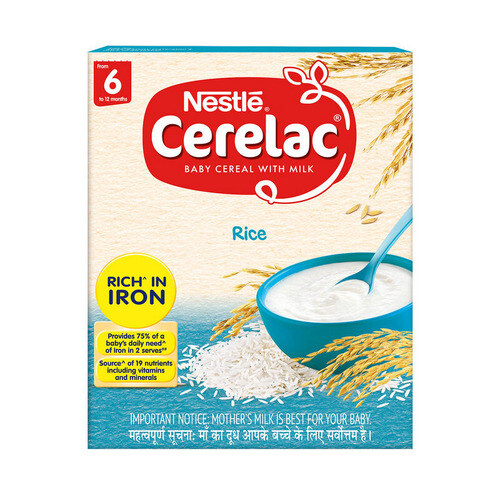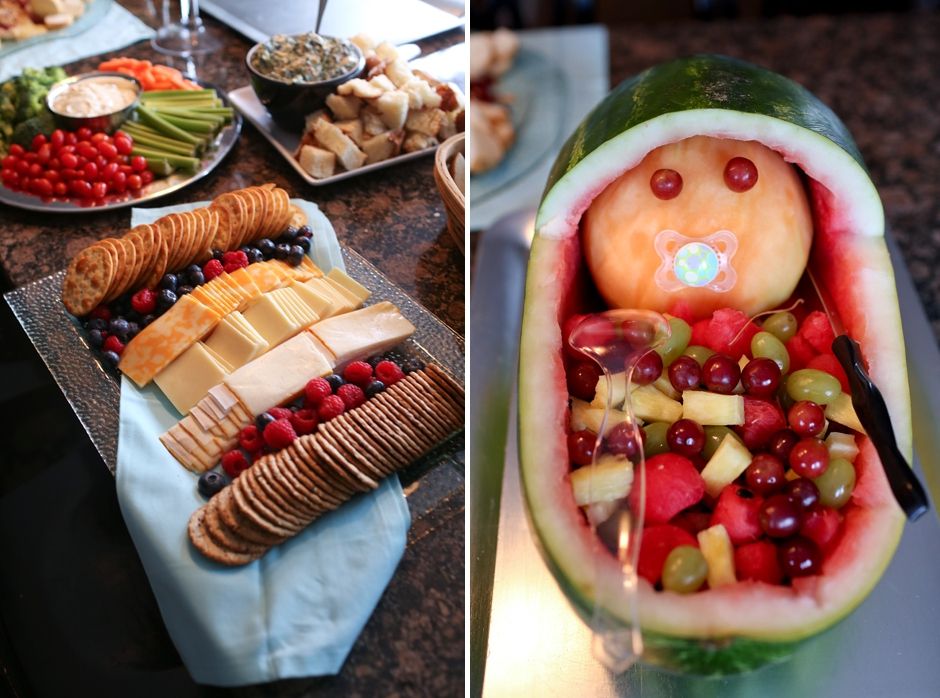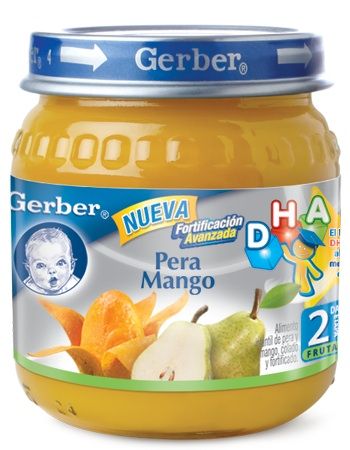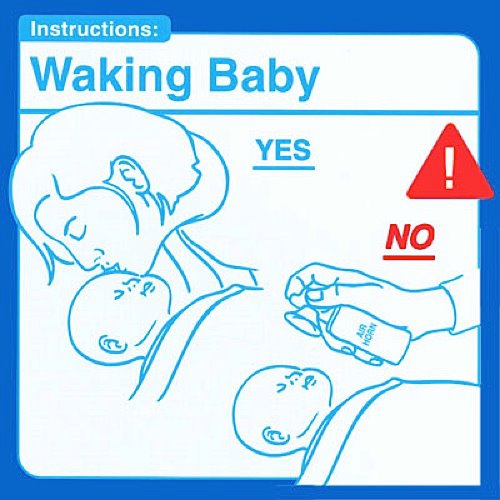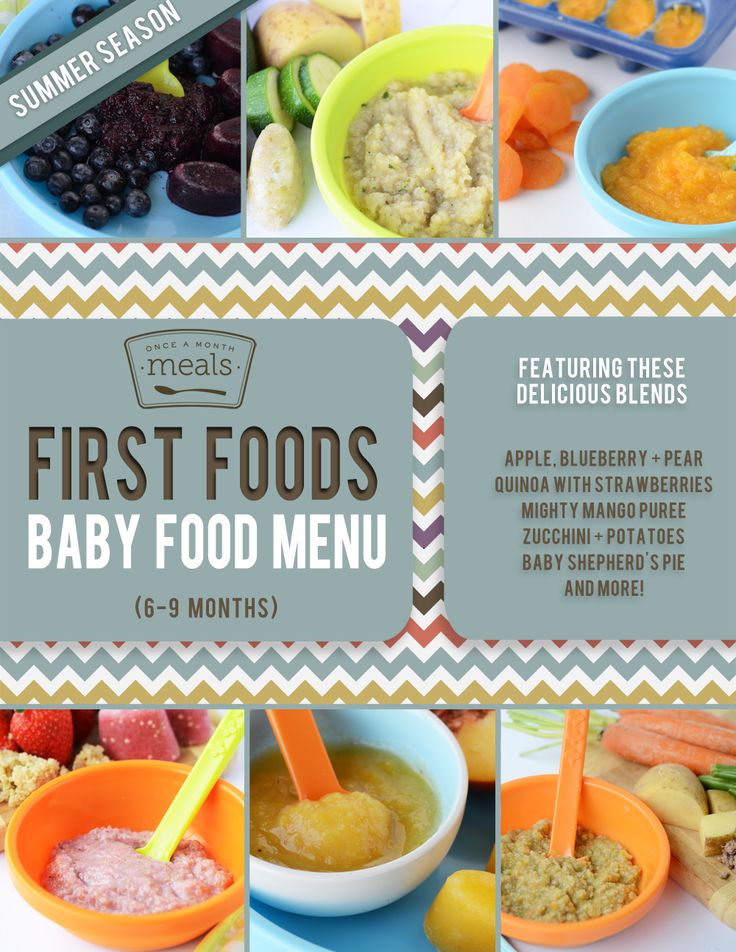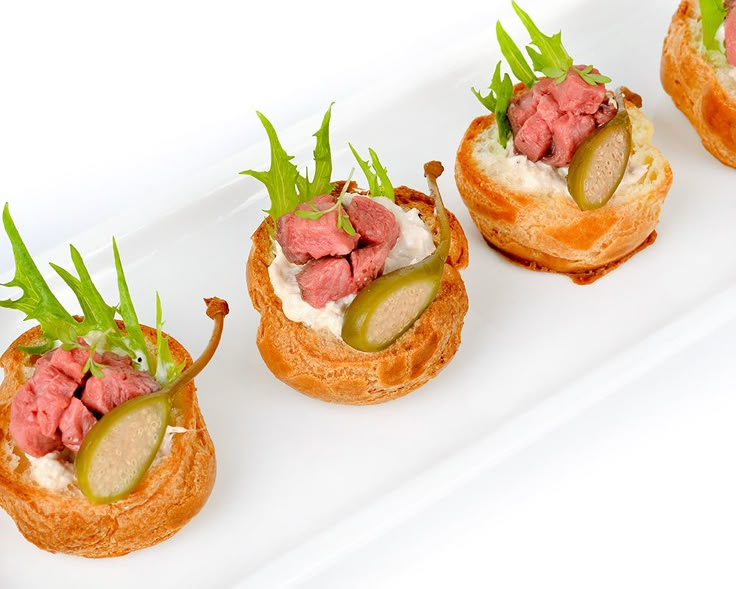Baby chicks feeding schedule
Feeding Chickens at Different Ages
Chickens at different stages of development require different feed formulations. Poultry nutritionists formulate feed to ensure that chickens get all the nutrients they need daily in commercially available feeds. Since bagged feed from established, reputable feed companies are a nutritionally balanced food source, anything that is added to the birds’ diet dilutes the nutrient balance they should be getting daily. Even healthy snacks should only be offered rarely, in moderation so as not to tip the balance too far in any direction.
I strongly caution against dabbling in assembling homemade feed blends. Imprecise calculations and the wrong ingredients can affect growth in young chickens, egg production in layers and result in negative, long-term health consequences. “Mixing rations is the most complex aspect of poultry management and isn’t something you should undertake if you’re just starting out.
Ration formulation requires:
- availability of appropriate feedstuffs
- analysis of feedstuff composition
- knowledge of the nutritional needs of chickens
- ability to mix feed in quantity your flock will use within four weeks.
”1 Storey’s Guide to Raising Chickens, Damerow
“The adventure of homemade chicken feed mixing isn’t for the casual flock keeper, though. You need a solid knowledge of poultry nutrition to balance a ration properly and avoid nutritional deficiencies. Feeding unconventional feed ingredients does carry some risk because unexpected problems may happen, such as digestive upset, toxicities, or spoilage.”2 Dr. Julie Gauthier, DVM, MPH, Dipl.ACVPM
The following is intended as a general guideline for feeding commercial feeds to laying hens. The availability of certain feed varies by geographic location, therefore, the manufacturer’s recommendations should always be followed.
STARTER FEED, Day 1 to 18 weeks (Chicks)Day-old chicks through 18 weeks old require starter feed, aka starter crumbles, containing 20% protein. Starter feed contains the highest percentage of protein a layer will ever consume, which makes sense given their astronomical rate of growth in the first few months of life.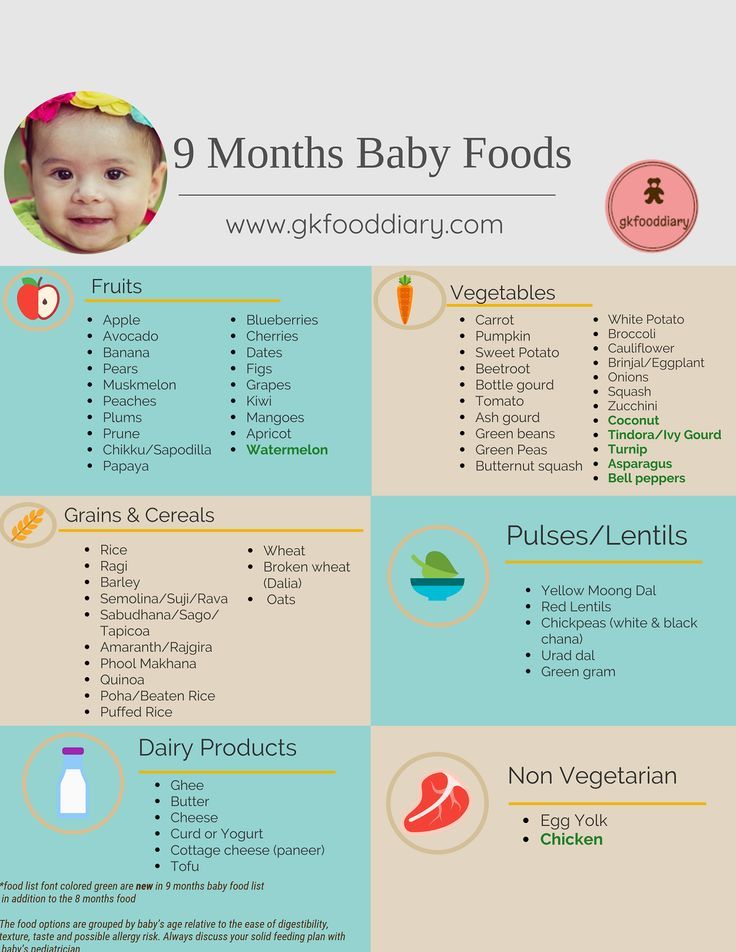
Starter feed can be purchased in both medicated and unmedicated varieties. Medicated feed contains amprolium, which protects chicks from the progression of coccidiosis, a common and deadly intestinal disease that is spread in fecal matter. Chicks that have received the coccidiosis vaccine should not be fed medicated starter, as the amprolium will render the vaccine useless and the chicks vulnerable to the disease. When purchasing ‘vaccinated’ chicks, it’s important to know which vaccines they received.
When conditions become overcrowded, dirty, wet and warm from the heat source, coccidiosis can thrive with deadly consequences. These types of unhealthy conditions are significantly less likely to occur with pet chickens than they are with commercial poultry operations. Chickens build up a natural immunity to the organisms that cause coccidiosis with or without medicated starter. Allowing chicks to build up an immunity in clean, dry conditions will serve them well when they are ready to head out to the big kid coop and medicated feed helps keep parasite populations that cause coccidiosis in check while they build immunity to them.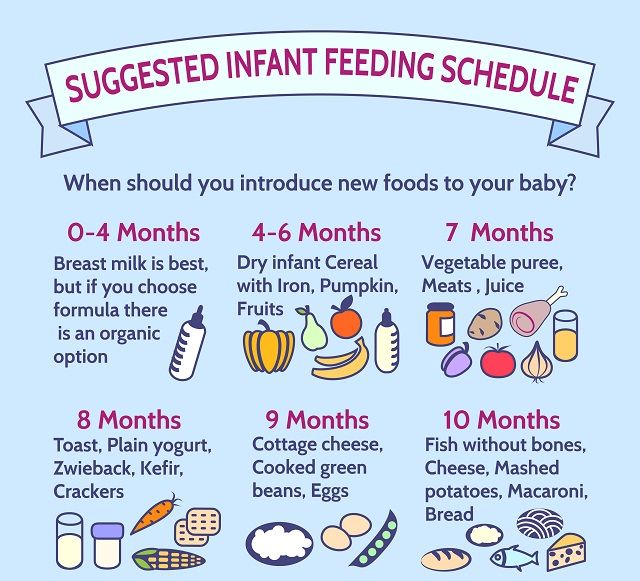
Most new chicken-keepers wonder at what age a chick can be given treats. Chicks are tiny and treats will replace a percentage of the nutrition in starter ration that their rapidly-growing bodies require. I recommend no treats at all.
GRITThe term grit describes hard materials such as sand, dirt or small stones that aid in digestion. While starter feed and layer crumbles and pellets needs no help being digested, treats, grains and other fibrous foods may require grit to aid in breaking them down. Since chickens have no teeth, fibrous foods are ground with grit in the gizzard, which is a muscle in the digestive tract. Chickens foraging outside will naturally pick up bits of grit from the ground, those that do not forage outside must have grit supplied to them in a dish apart from their feed.
LAYER FEED, 18 weeksChicks should be transitioned to layer feed at 18 weeks. Layer feed should not be fed to chickens younger than 18 weeks unless they have begun egg-laying because it contains calcium that can permanently damage the kidneys, reduce lifetime egg production and shorten a bird’s lifespan.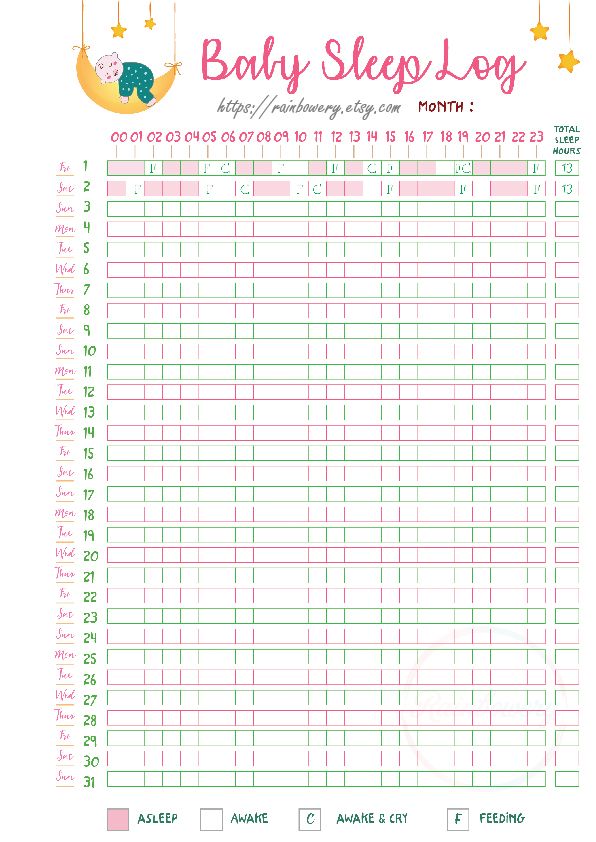
Layer feed is commonly available in mash, crumbles and pellet forms, all of which describe the size of the feed. Mash is the smallest and pellets, the largest. Layer feed generally contains 16-18% protein and has added calcium, which is necessary for strong bones and creating eggshells.
SUPPLEMENTAL CALCIUMWhile layer feeds contain a fast-release source of calcium, a slow-release source of calcium such as crushed oyster shells should be made available to laying hens in a separate dish, apart from the feed, not mixed into the feed by chicken keepers. All laying hens have different calcium requirements and will consume as much oyster shell as they need. Crushed eggshells alone are not an adequate calcium source of supplemental calcium for laying hens.3
Hens deprived of adequate amounts of dietary calcium will utilize the calcium stored within their own bones to produce eggshells, which is unhealthy for them.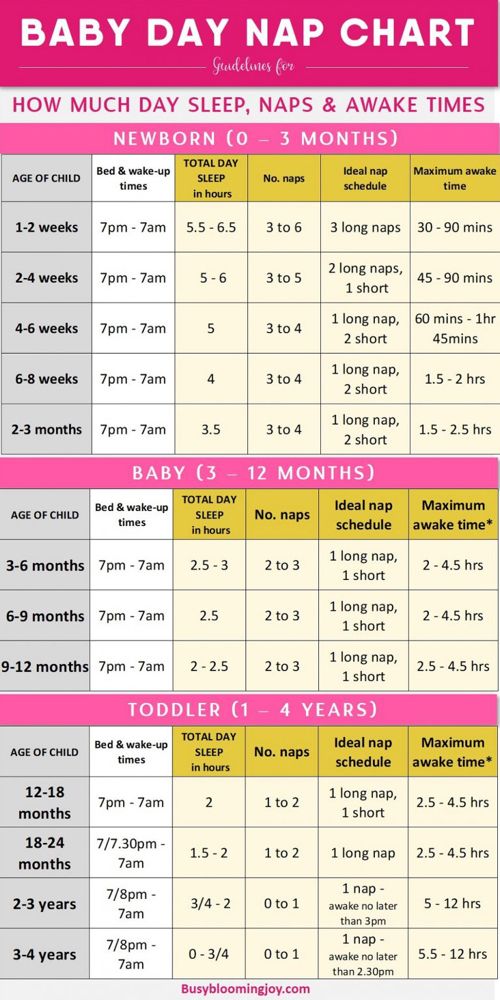
A nutritionally complete layer feed provides all of the nutrients a chicken requires in the correct forms and amounts. Offering snacks, treats, fruits, vegetables, scratch, corn, mealworms, sunflower seeds, or table scraps dilutes the complete nutrition in a balanced feed. Limit snacks and treats, even healthy choices, to no more than 2 tablespoons per bird per day and only rarely. Diluting the nutrition in the hens’ feed can cause many problems, including aggression, obesity, feather picking, egg binding and reduced egg production. Laying hens are better off without any treats/snacks at all.
SCRATCHChicken scratch is NOT chicken feed. The contents of scratch vary, but it consists primarily of cracked corn and any number of other grains. It’s a source of energy (think: carbs) but is not a good source of vitamins, minerals or protein. “Scratch should be fed sparingly, if at all.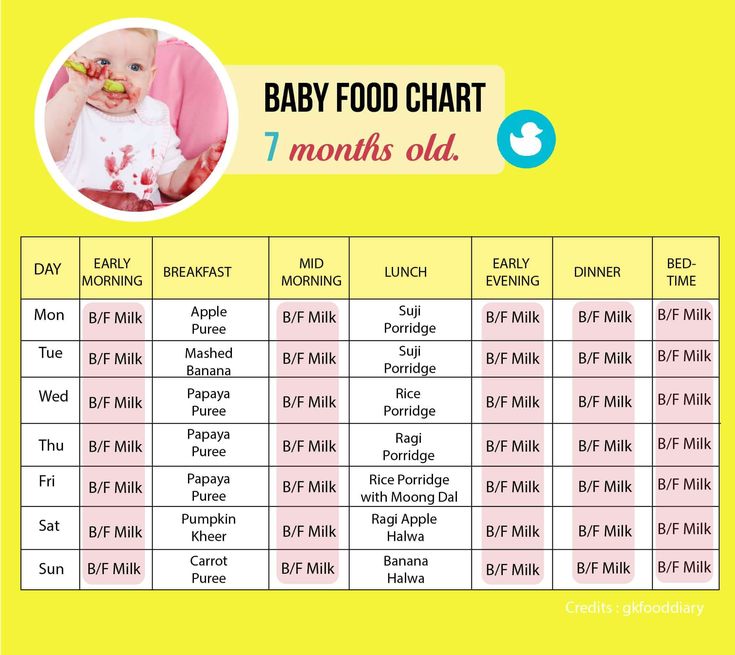 ” 2 I do not recommend giving chickens scratch at all.
” 2 I do not recommend giving chickens scratch at all.
Given the power and force of chicken math, chickens of mixed age groups often occupy the same living space at any given time, which raises the question of how to feed each properly. This situation isn’t ideal, but it’s not unique either. Feeding an unmedicated starter/grower to a flock of mixed age birds with oyster shell available free-choice (in a separate dish) is the best solution. The additional protein in the starter/grower ration won’t hurt the older birds, but the calcium in layer feed can damage the kidneys of growing birds.
FREE FEEDING vs. RESTRICTED FEEDINGA laying hen’s full-time day job is eating. A free-feed dining option is the best and most common in backyard flocks, one in which chickens eat in small increments at their leisure throughout the day. Chickens have a unique digestive system that can accommodate only a small amount of food at a time in their crops.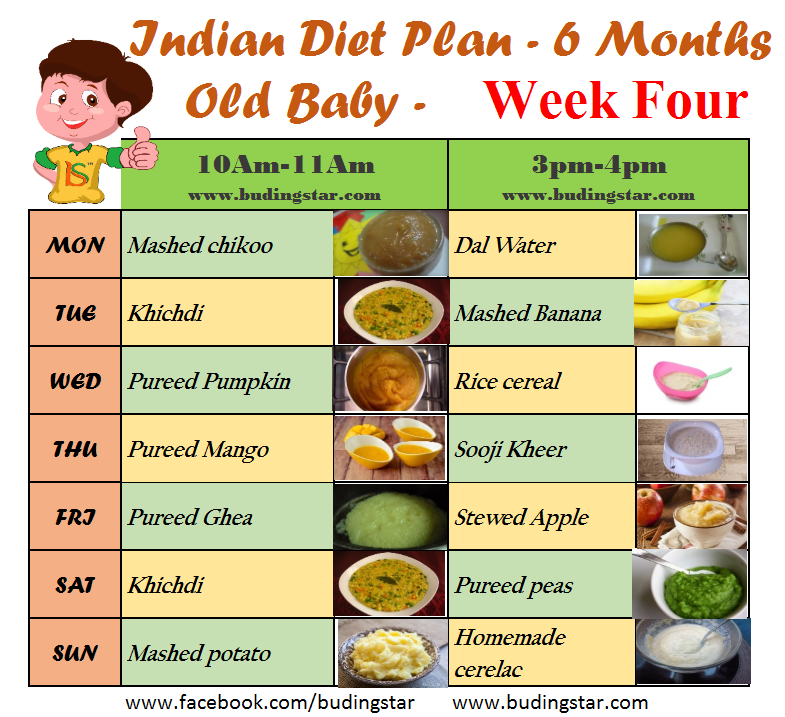 Alternatively, with a restricted feeding schedule, chickens are fed at specific intervals during the day. Restricted feeding generally requires the use of several feeders even in a small flock and should not be employed without a good reason for doing so and a clear understanding of the purpose of restricted feeding.
Alternatively, with a restricted feeding schedule, chickens are fed at specific intervals during the day. Restricted feeding generally requires the use of several feeders even in a small flock and should not be employed without a good reason for doing so and a clear understanding of the purpose of restricted feeding.
1 Storey’s Guide to Raising Chickens, Damerow, Gail. Storey Publishing, 1995, pg. 49.
2 The Chicken Encyclopedia, Damerow, Gail. Storey Publishing, 2012. pg. 235
3 *Gail Damerow, Backyard Poultry Magazine Volume 9, Number 3 June/July, 2014
You May Also Like
Baby Chick Care: Week By Week Guide
Posted in: Farm and Ranch, Poultry Care
It’s important to provide the best care possible when transitioning baby chicks from the store you purchased them at, such as your local Grange Co-op, to their new brooder at your homestead.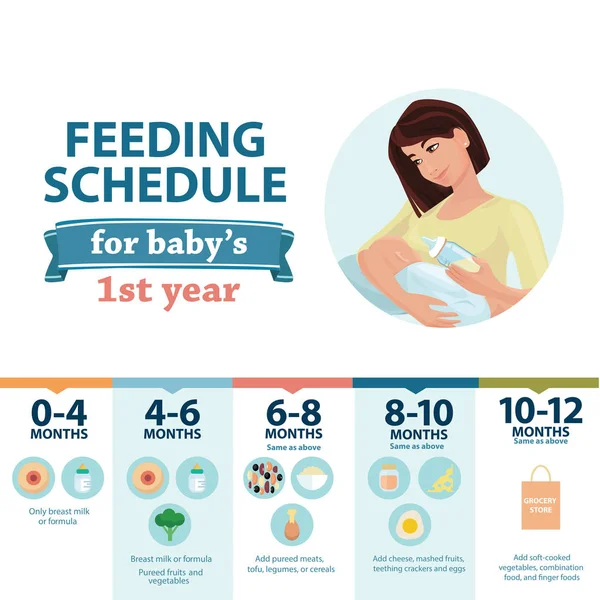 Providing the appropriate care and nutrition will set your chicks up for a strong and healthy life. Looking for a proper guide for baby chick care? Ensure you’ve got everything covered by referencing our week by week guide below to help you care for your baby chicks.
Providing the appropriate care and nutrition will set your chicks up for a strong and healthy life. Looking for a proper guide for baby chick care? Ensure you’ve got everything covered by referencing our week by week guide below to help you care for your baby chicks.
Less than 1 Week Old
After baby chicks hatch, they ingest their yolk sac for almost 2-3 days. This gives them the nourishment and energy they need to survive.
After three days or 72 hours, the chicks will lose their yolk sac. This is when they will require nourishment through proper food and water. At this point, you can offer them the Organic Chick Starter by Rogue’s Harmony.
Baby chick care is not just about providing the right food. It is also about providing the right environment. When they are less than one week old, keep them at a temperature of 90°F. During this phase, you can gently dip a few of your chick’s beaks into their waterer. This introduces your chicks to the water source – do so shortly after placing them in their new home but wait a couple hours before introducing feed and doing the same.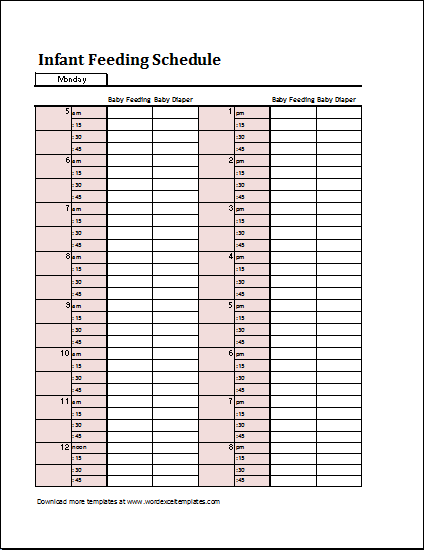 You want your chicks well hydrated during this transition period before they begin eating. You should only need to dip the beaks of a few chicks into the water to help them locate it. These chicks will then teach the rest to drink. Showing them where the food and water is at such a young age will ensure that these creatures of habit get acquainted with this skill rather quickly, along with providing them the essential nutrients needed to survive.
You want your chicks well hydrated during this transition period before they begin eating. You should only need to dip the beaks of a few chicks into the water to help them locate it. These chicks will then teach the rest to drink. Showing them where the food and water is at such a young age will ensure that these creatures of habit get acquainted with this skill rather quickly, along with providing them the essential nutrients needed to survive.
When baby chicks are less than one week old, they tend to sleep quite a lot. It’s important to make sure their bedding remains clear of any moisture or feces. Add absorbent wood shaving bedding to the floor of the brooder. Place bedding 3 to 4 inches deep to keep the area dry and odor free. Clean regularly by removing wet bedding daily, especially around waterers. Do not use cedar shavings or other types of shavings that have a strong odor because the odor could affect the long-term health of the bird.
Week 2
When your baby chick enters its second week, you need to start lowering the temperature.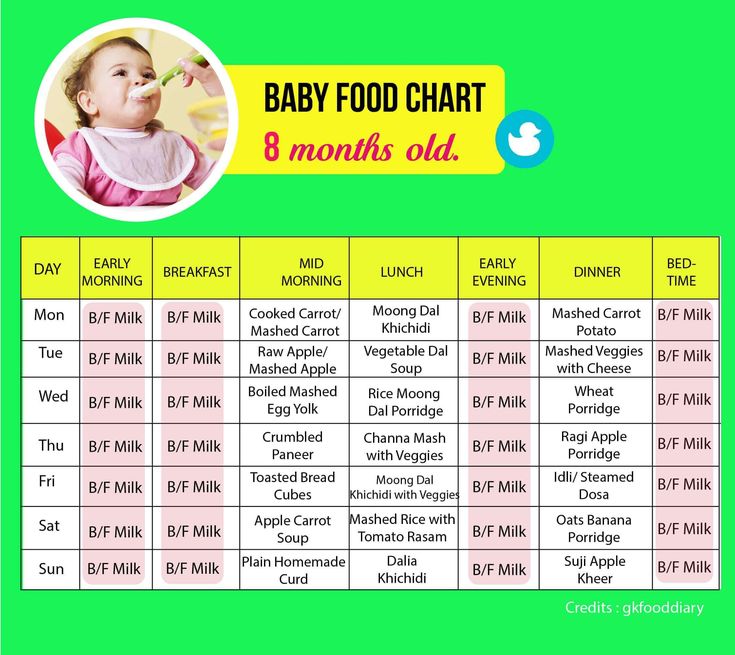 Make sure that you drop down the brooder temperature by 5 degrees, bringing it to 85 degrees F. The best way to accomplish this is to raise the brooder lamp by a few inches.
Make sure that you drop down the brooder temperature by 5 degrees, bringing it to 85 degrees F. The best way to accomplish this is to raise the brooder lamp by a few inches.
During this time period, it is still essential to give your baby chick plenty of water and food all the time. Make sure you have a rather hefty food supply if you want your chick to thrive. Moreover, make sure to load their cage with food and water regularly. This will allow them to eat and drink whenever they please, which will help them sprout into healthy and well-grown chickens. Clean egg cartons filled with feed make excellent and easily accessible feeders for young chicks. Transition them to low-lying feeders, or trough feeders, once they are big enough. Along with cleaning the brooder daily, make sure your chick’s food and water remains free of moisture/debris and feces. To keep their food and water clean, place it on a small block or hang from above. Make sure the feeder/waterer is not too tall, making it difficult for the chicks to have access to, but is far enough above the ground level so they cannot kick their bedding into it or walk in and out of it freely.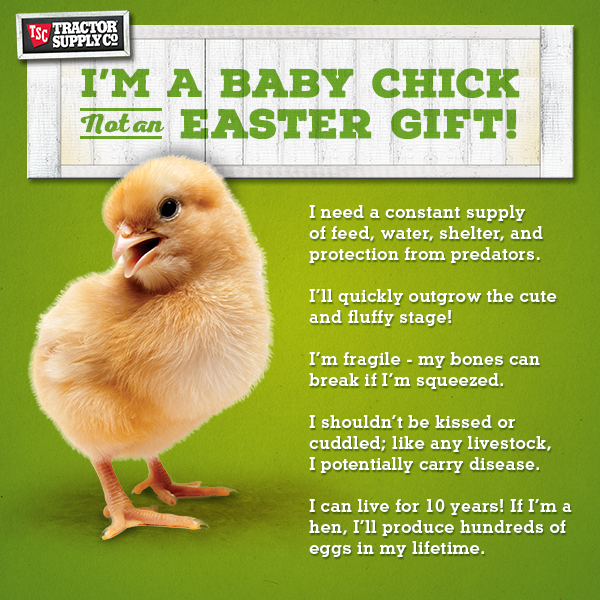
At this point, the fluff on the baby chicks will begin to be replaced by feathers. After this stage, as your chicks continue to grow, they develop a natural desire to roost. For this purpose, don’t forget to add a perch for the chicks. You can do this by creating one with 3 small twigs or wooden dowels, lining them up to form the ‘H’ shape.
When it comes to baby chick care, another essential tip is to interact with them regularly. This way, they will be well acquainted with you and there will be a bond of trust as they continue to grow. This can be extremely helpful later when the chicken needs care or maintenance performed on it.
Week 3
Once your baby chick hits the three-week mark, bring down the brooder temperature by another 5 degrees. This means you will have to set the temperature at 80°F. Continue to provide considerable amounts of clean food and fresh water, along with cleaning or replacing their bedding material as they can only flourish in clean areas.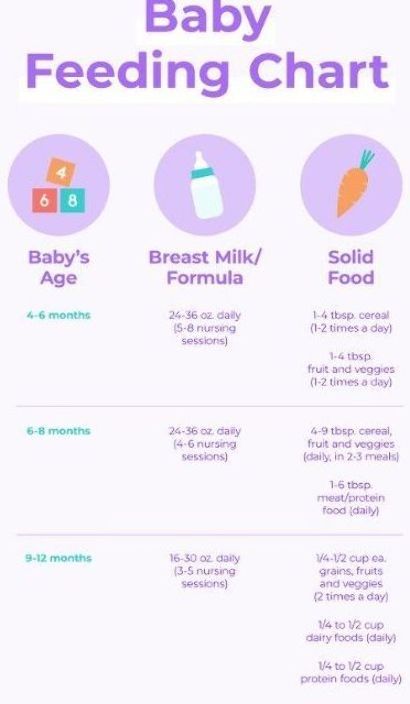 During week 3, you will also begin to notice more feathers appearing on your baby chicks.
During week 3, you will also begin to notice more feathers appearing on your baby chicks.
Week 4
Once your chick hits the 4-week mark, bring the brooder temperature down even further. You can lower it about another 5 degrees, bringing it down to 75°F. In order to achieve this, you can raise the heat lamp by another few inches. Don’t forget to maintain an adequate supply of food and water for your chicks. Once again, make sure the food remains free from moisture and feces. Moreover, keep a check on the baby chick’s water supply and change it as needed. Keep then entire brooder clean by replacing water, cleaning out feeders and adding/replacing the chick’s bedding regularly.
Week 5
When week 5 starts, you can get rid of the heat lamp from your chick’s cage. You just need to ensure the temperature doesn’t fall below 60°F. This is probably a great opportunity for you to move the brooder elsewhere. At this point, adult feathers will be evident on your baby chick.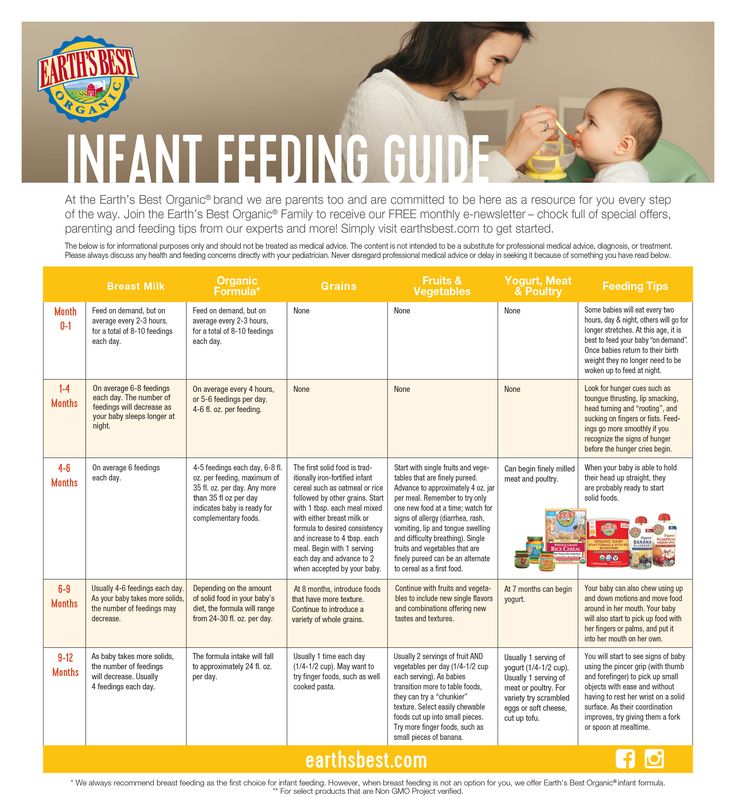 Now is when you can begin weaning your chicks of the starter feed and shifting to finishing food. Rogue Natures Harmony Organic Feed can be fed to your chicks until week 9 but you can begin incorporating an adult pellet or crumble into their feed around this time.
Now is when you can begin weaning your chicks of the starter feed and shifting to finishing food. Rogue Natures Harmony Organic Feed can be fed to your chicks until week 9 but you can begin incorporating an adult pellet or crumble into their feed around this time.
Week 6
Once your chick hits the 6-week mark, you can move it outside. We recommend keeping your chickens in a fenced area during the day and at night. Chickens are creatures of habit. So, once you establish their daily routine, they will get accustomed to it. If you have an existing flock, you’ll need to introduce your new chickens to them. This process can be found in an additional blog post here.
Baby Chick Care: Conclusion
After the 6th week, your chicks will be large enough to survive on their own, fully integrated into their new flock and routine. Continue to provide them a clean environment and fresh food and water daily. Depending on the time of year you received your chicks, you can expect some to begin laying by week 20.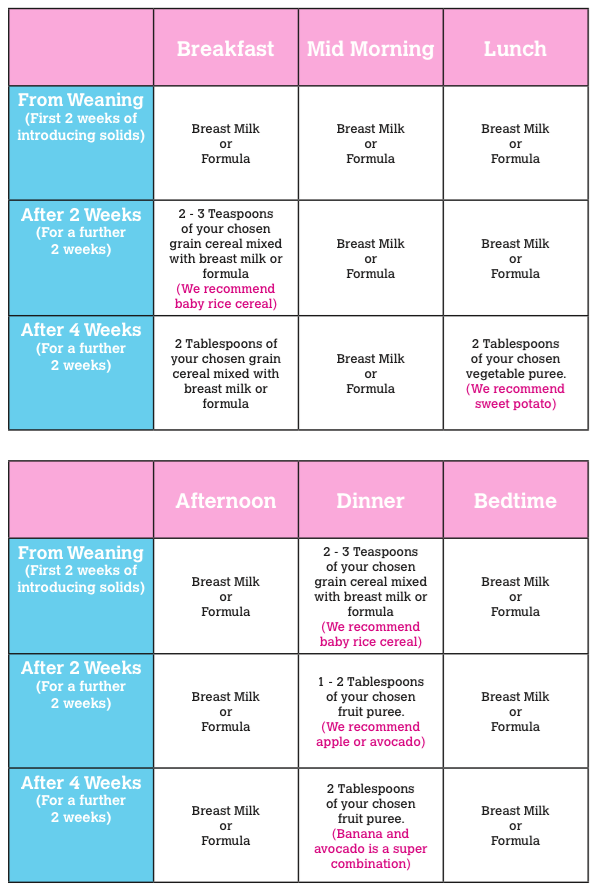 Proper baby chick care is essential if you want your chicks to thrive and live a healthy life.
Proper baby chick care is essential if you want your chicks to thrive and live a healthy life.
For more information on baby chicks, utilize our blog or one of our in-house Grange Co-op Chicken Experts. In search of baby chicks, or chicken supplies? Visit us in-store or on our website now!
February 1, 2021
2652 view(s)
diet in the first days of life, chicken feed norms
| The diet of chickens, especially small ones, is different from the diet of adult chickens. Many breeders who raise chickens in the household are interested in how and what to feed the chicks so that they develop properly. For healthy growth, chickens require a balanced diet in sufficient quantities. The composition of the products depends on the direction and age of the chicks. |
Content:
- What does healthy chicks eat?
- General rules for formulating rations
- What to feed chickens?
- General rules for feeding
- Feed for chickens of various ages
- Feeding frequency
- Feeding Features
- Farmer's Councils
What does a healthy chicken diet consist of?
Sources of proteins, vitamins, micro and macro elements are products of plant and animal origin, as well as substances synthesized in the laboratory.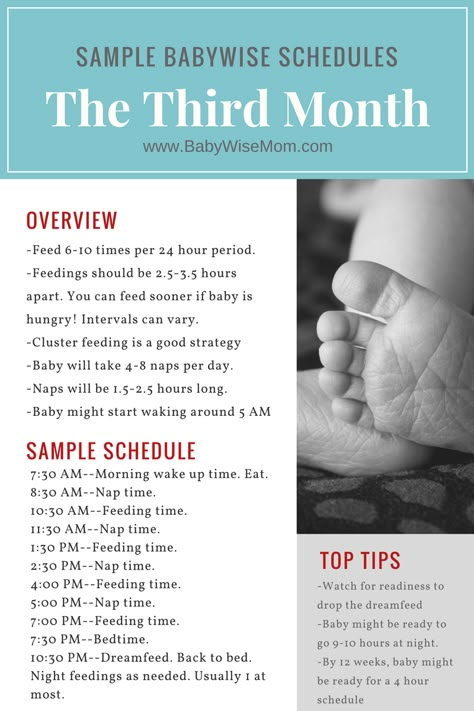 For the production of finished formulations in the factory, only high-quality proven raw materials are used. In feed for laying hens and broilers are introduced:
For the production of finished formulations in the factory, only high-quality proven raw materials are used. In feed for laying hens and broilers are introduced:
|
It is quite difficult to independently calculate the proportions and mix the components thoroughly without the appropriate equipment.
General dietary guidelines
The terms of growing meat breeds are 1.5-2 months, laying hens - up to six months. During this time, the bird should gain weight of 2.5-3 kg. To accelerate the growth of muscle mass in broilers, it is recommended to use specialized feed. It fully meets the needs of the bird in proteins, fats, carbohydrates, vitamins and minerals. The composition and consumption of feed should be appropriate for the age of the chicks.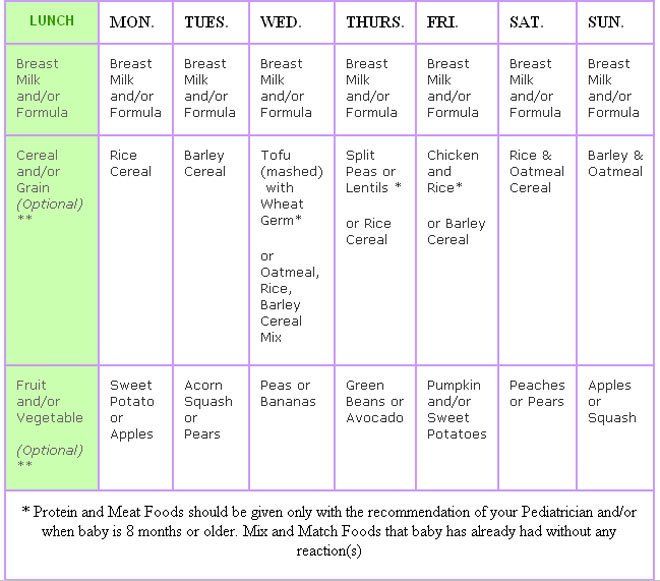
At 1-2 weeks of life, the foundation of the skeleton is laid in chickens, muscle mass increases at an average pace. At this time, it is necessary to introduce a sufficient amount of proteins, fiber, and mineral components into their diet.
In the growth phase, chickens are gaining weight intensively. They need as many amino acids and proteins as possible, which act as a building material for cells, as well as complex carbohydrates. The dose of vitamins and minerals received with food is increased.
At the finishing stage, the amount of carbohydrates is reduced so that the broilers gain more muscle mass, and not fat. At this stage, it is important to prevent weight loss. For these purposes, finishing compound feed is introduced into the diet.
What to feed chickens?
Cereals form the basis of the diet.
| Corn | One of the most useful and nutritious ingredients. Corn is the leader among grains in terms of protein content, while it contains less fiber than other cereals.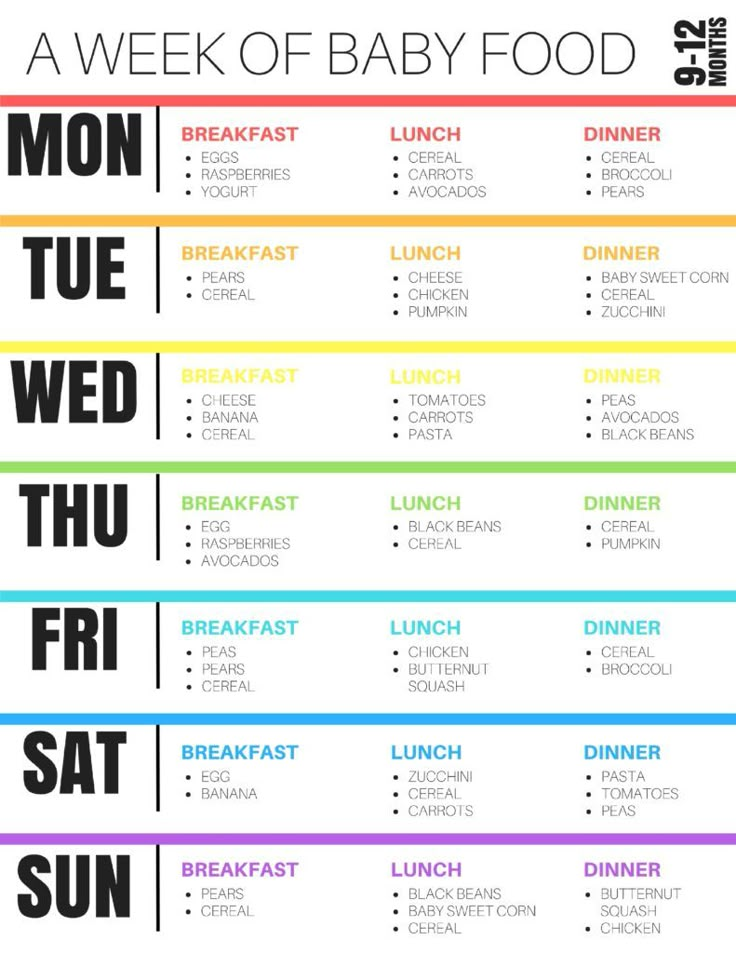 The product is easily digested and well absorbed. The product is easily digested and well absorbed. |
|---|---|
| oats | Source of many amino acids. It is considered a dietary product, but contains a lot of fiber. In large quantities, it causes blockage of the intestines, so its share in the composition of the feed does not exceed 20%. Oats are given in a purified form, completely removing the film from the grains. The size of the fraction depends on the age of the bird. Sifted oatmeal is usually added to prestarter formulations. |
| Wheat | Contains a large amount of vitamin E, B. Feed wheat is usually used in bird feed. The percentage can be up to 30%. |
| Rye | It is a source of a number of useful proteins, but contains too much mucus, which negatively affects the digestive system of chickens. It is added to some feeds in small quantities. |
| Barley | Practically not inferior to oats in useful properties, but also contains a lot of fiber.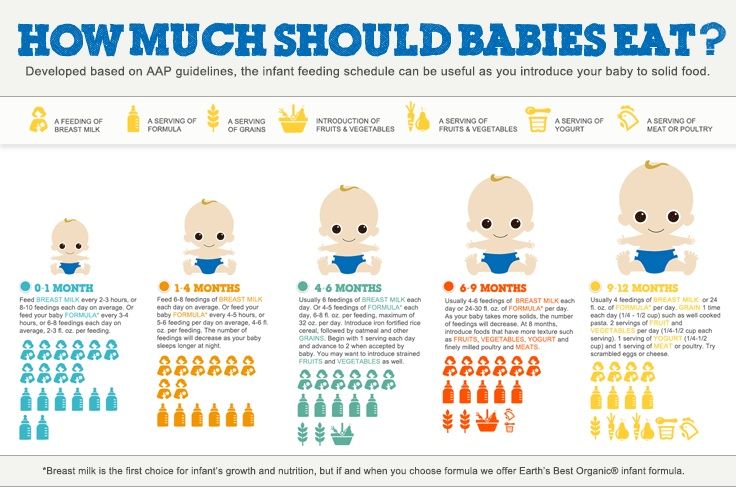 It is introduced into the composition only in a purified and sifted form. It is introduced into the composition only in a purified and sifted form. |
| Buckwheat | Despite the fact that the product contains components useful for poultry, it is rarely used. Basically, it is added to granulated feed, because. in loose form, chickens do not peck it. |
| Bran | Products of processing grain crops are introduced to increase the caloric content of the diet. By themselves, they have no nutritional value, so they are rarely used. |
Peeled vegetables are used as succulent feed.
| Potato | Improves poultry digestion, promotes the absorption of nutrients. It is introduced in boiled dehydrated form. In the process of preparing food, it is unacceptable to use green potatoes, since poisonous solanine has formed in them. |
|---|---|
| Beet | It normalizes the work of the intestines, prevents its blockage, provides the needs of chickens for vitamin B2, carotene, sugar.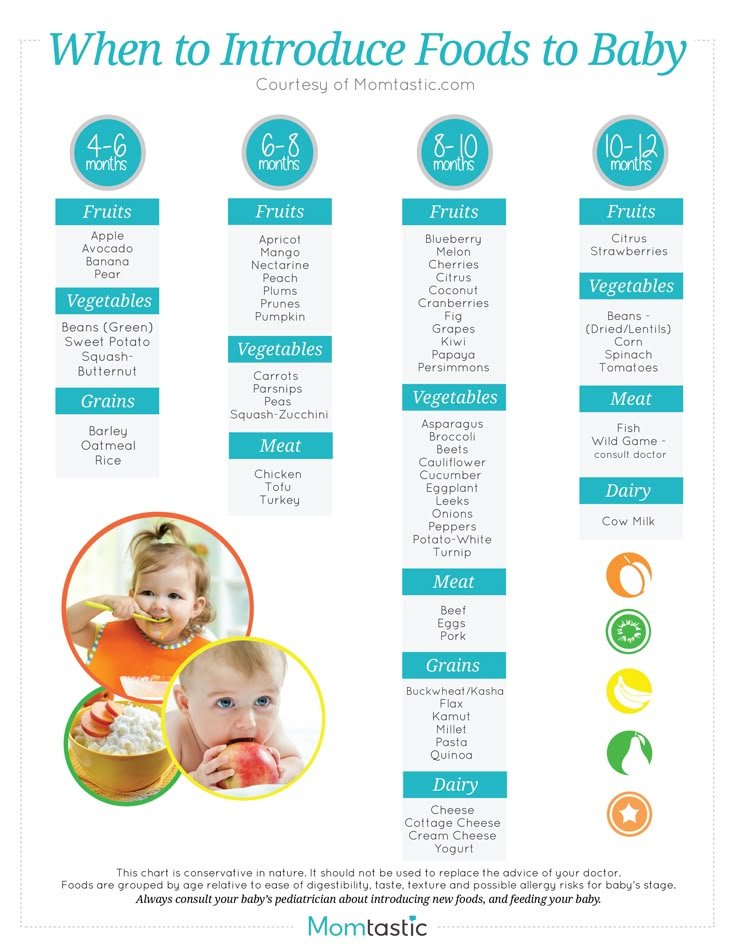 It can be given both fresh and boiled. The content of beets in the diet is about 15%. It can be given both fresh and boiled. The content of beets in the diet is about 15%. |
| Pumpkin | It contains a lot of vitamins and microelements. The product is added in an amount not exceeding 15% of the total volume. |
Protein components provide the daily requirement for amino acids. Protein sources are also rich in vitamins and minerals. They can be of plant and animal origin. Amino acids are well absorbed by the body. Animal proteins are obtained from various types of flour:
- fish. This product makes up to 8% of the diet, but is not used in broiler feed so that the meat does not have a specific smell;
- bone. In terms of the amount of proteins, it is not inferior to cereals, and at the same time it is rich in fats (11%) and vitamins A and E. It is given to chickens from a month old;
- blood. The product is rich in essential amino acids, but in high concentrations it provokes indigestion.
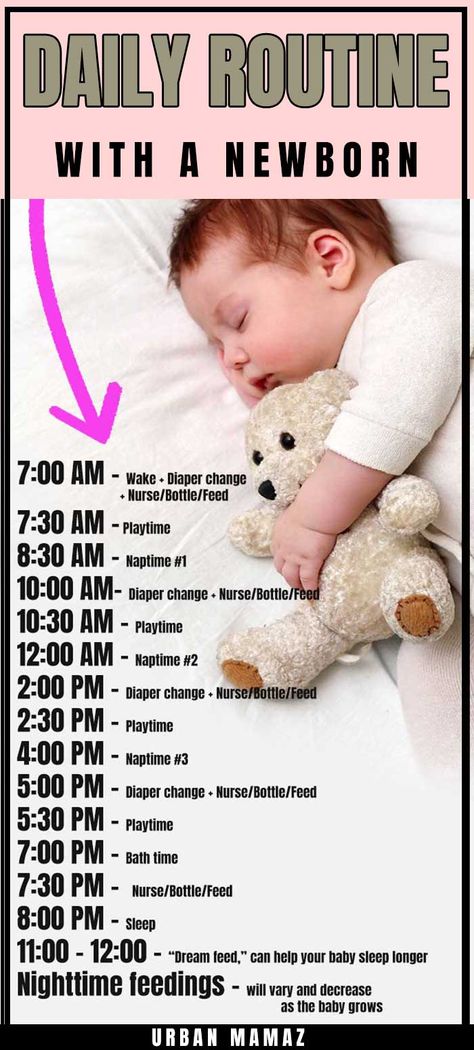 Its share in the diet should not exceed 4%;
Its share in the diet should not exceed 4%; - pen. This component is used as an available source of protein to balance the feed composition. It is added in small amounts (up to 2%).
Dairy products are also a source of well-digestible animal protein: cottage cheese or whey. Their inclusion in feed mixtures for laying hens increases the egg production and fertility of chickens.
Legumes are richest in vegetable proteins:
- soy in terms of percentage and qualitative composition of proteins and amino acids is practically not inferior to products of animal origin, it also contains vitamins and minerals;
- peas also provide protein requirements for poultry, although to a lesser extent; chickens do not eat it well because of the specific smell and taste, therefore, no more than 10% is introduced into the feed;
- soybean and sunflower meal and cake are an inexpensive, highly digestible source of amino acids. In compositions for adult chickens, their share is 15-17%, for chickens and young animals - 10%.
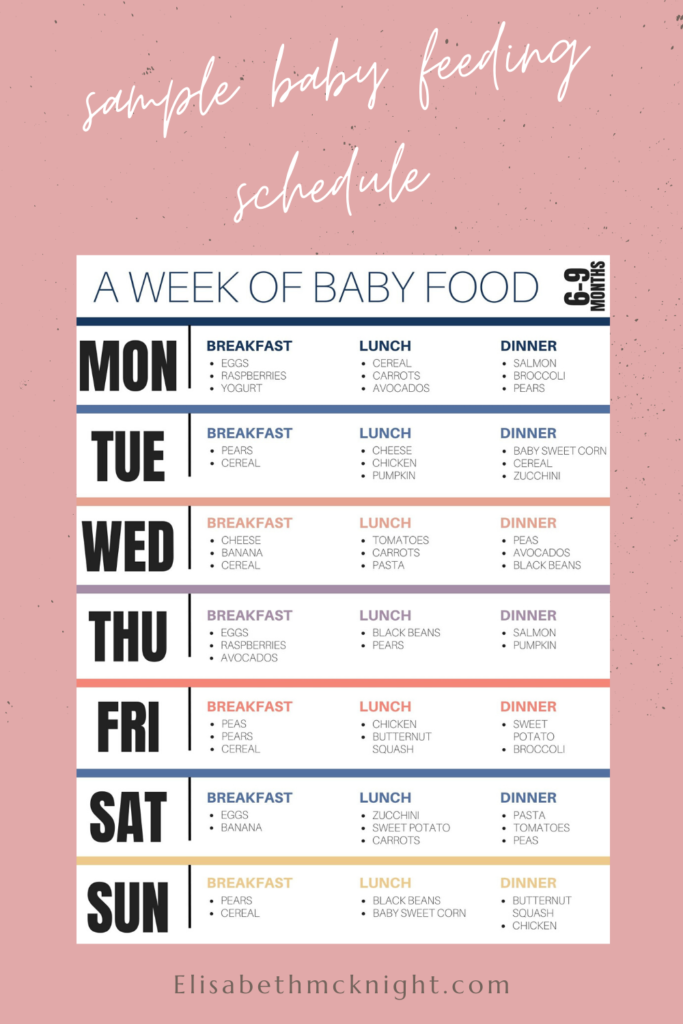
General feeding rules
| Each individual should consume approximately 15-30 g of food per day: how much depends on the breed, weight of the chicks, and the intensity of their development. In general, the amount of feed each time should be such that the young hens will eat it in 30 or 40 minutes. The remains must be removed from the feeders so as not to deteriorate, and the feeders themselves must be washed and dried. |
If the chicks do not eat the feed given to them often, then its rate should be reduced. If, on the contrary, the food is eaten quickly, then it is desirable to increase its volume.
Feed for chickens of various ages
| PC-2 | Designed for chicks under 7 weeks old. It is produced in the form of finely ground grains, designed for an insufficiently unformed digestive system, easily digestible, contains all the useful trace elements.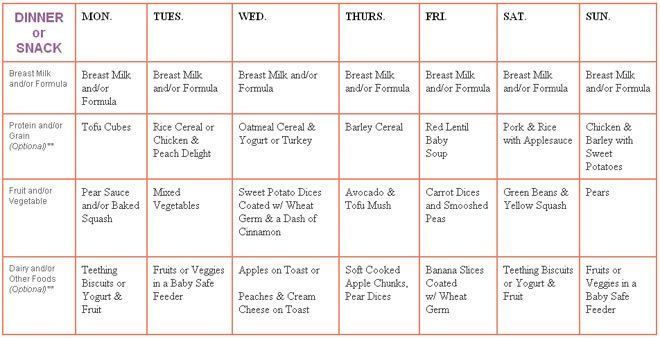 |
|---|---|
| PC-3 | Balanced mix for young animals 8-20 weeks old. Promotes rapid growth and proper formation of the reproductive system. It is produced in the form of grains with medium-sized fractions. |
| PC-5 | Designed for broiler chickens from 2 weeks to 1 month of age. It consists of a complex of easily digestible components that stimulate a set of muscle mass. |
| PC-6 | It has similar characteristics, but is designed for broilers older than a month. |
All types of feed can be divided into three groups:
| carbohydrate | Protein | Vitamin |
|---|---|---|
Promote accelerated growth and muscle mass gain. Their composition is dominated by cereals and vegetables. Chickens digest foods high in carbohydrates well, which cause a slowdown in metabolism and rapid weight gain. Such feeds are designed for broilers and increase the average carcass weight.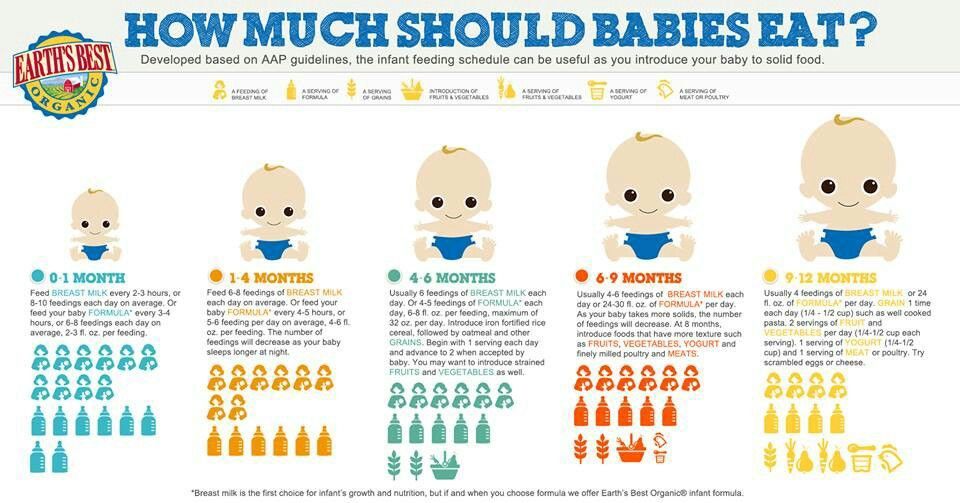 | Such compound feeds are developed mainly for laying hens. A large amount of protein increases the productivity of the bird, improves the palatability of the eggs, and makes the shell stronger. | Strengthen the immune system, help to survive the winter period. Usually produced in the form of concentrates, which enrich the main diet. |
According to the form of release, the compositions are of 2 types.
| Loose ones consist of fine-grained components. The disadvantage of such compositions is that they are worse absorbed. The chicken chooses tasty crumbs from the feed, and the less appetizing ingredients are thrown away. As a result, the bird receives less nutrients. In addition, a lot of dust remains in the feeder. However, it is impossible to completely abandon loose compositions. Chickens in the first weeks of life are not able to swallow and digest large granules, therefore they can peck only small grains. |
Expanded feed is produced by short-term heat treatment under high pressure. Nutrient mixtures are in the form of granules and contain liquid components in their composition. The advantages of expanded compositions include:
However, when heated, some of the vitamins are destroyed. |
Feeding frequency
The first time chickens are fed on the same day they are born. Then, until the age of 7 days, the chicks of meat breeds are fed 6-8 times a day, from the 2nd week of life - 6 times, from the 3rd - 4 times a day, by the age of one month, chickens are fed three times a day. Chicks of egg breeds up to 1.5 weeks are fed 5-6 times a day, and by the month they are gradually transferred to 3 meals a day.
Chicks of egg breeds up to 1.5 weeks are fed 5-6 times a day, and by the month they are gradually transferred to 3 meals a day.
When choosing a mixture, it is recommended to give preference to complete formulations. However, if the breeder has enough of his own food, you can limit yourself to concentrated additives to enrich it. Such compositions are marked with the QC marking. Concentrates for meat and egg-bearing breeds solve different problems:
| for broilers | for laying hens |
|---|---|
|
|
It is unacceptable to use concentrates as the main feed, since an excess of nutrients is no less harmful than their deficiency.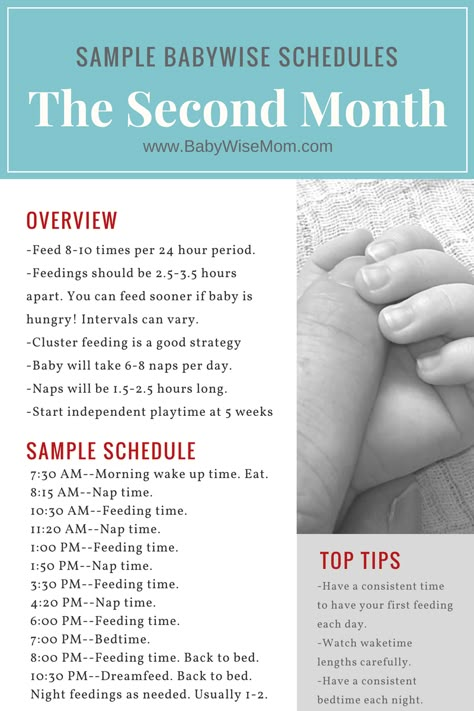 BVMB is introduced into the composition of the mash, taking into account the age of the chickens.
BVMB is introduced into the composition of the mash, taking into account the age of the chickens.
Feeding Features
| 1st day of life | Feeding of chickens of egg breeds begins immediately after they dry out. The first food for newborn chickens should be a hard-boiled egg. It is cut as small as possible so that the chicks can swallow small crumbs and roll it in semolina to prevent pieces from sticking to the paws and fluff. In the brooder where they are, they put a drinker with clean, boiled and cooled water. Newly hatched chicks are also fed boiled eggs under the brood hen. |
|---|---|
| 2nd day | On the 2nd day, the chicks are already given a mash of eggs and homemade low-fat fresh cottage cheese (the ratio of ingredients is 1 to 1). The formula for feeding day-old chicks should be fresh and fed every 3 hours. |
| Week 1 | From the 3rd day, chickens are fed with a more varied mixture of cottage cheese, boiled eggs, crumbly porridge from corn, oat or wheat chips (the share of cereals should be 65%).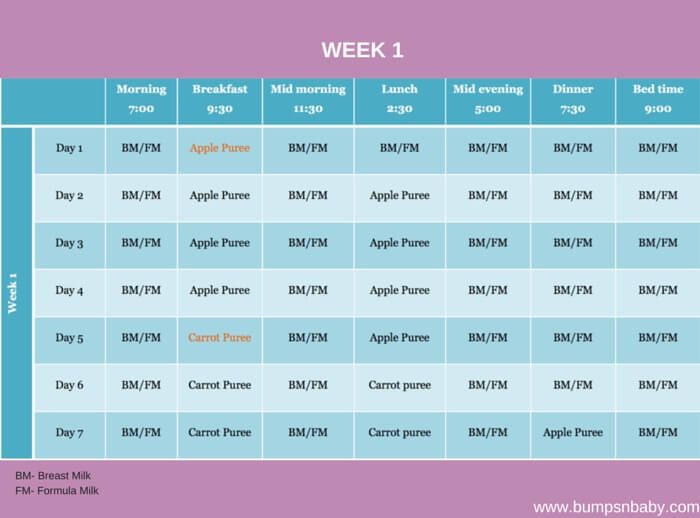 Finely chopped greens and boiled red carrots grated on a fine grater are added to them. You can give germinated grain or grass flour at the rate of 2-3 g per chicken per day. More than 5 g of such flour cannot be fed due to the high content of fiber in it. Separately, a little skimmed milk or yogurt is poured into the container; it is better not to add them to the mixers. Twice a week, a few crystals of potassium permanganate are added to the water so that it becomes slightly pink. Keep it in drinkers for no more than 0.5 hours, and then replace it with clean water. This protects chickens from stomach diseases. You can feed the chicks with special industrial compound feed for chickens from the first days of life. It is made up of products that are easily absorbed by the body of small chickens and fully satisfy all their needs. Finely chopped greens and boiled red carrots grated on a fine grater are added to them. You can give germinated grain or grass flour at the rate of 2-3 g per chicken per day. More than 5 g of such flour cannot be fed due to the high content of fiber in it. Separately, a little skimmed milk or yogurt is poured into the container; it is better not to add them to the mixers. Twice a week, a few crystals of potassium permanganate are added to the water so that it becomes slightly pink. Keep it in drinkers for no more than 0.5 hours, and then replace it with clean water. This protects chickens from stomach diseases. You can feed the chicks with special industrial compound feed for chickens from the first days of life. It is made up of products that are easily absorbed by the body of small chickens and fully satisfy all their needs. |
| 2-4 weeks | From 1.5 weeks of life, a little sunflower or soybean meal (3-4% of the total food volume), chalk or shells, bone meal (5-7% of the feed amount or 2-3 g per 1 chick).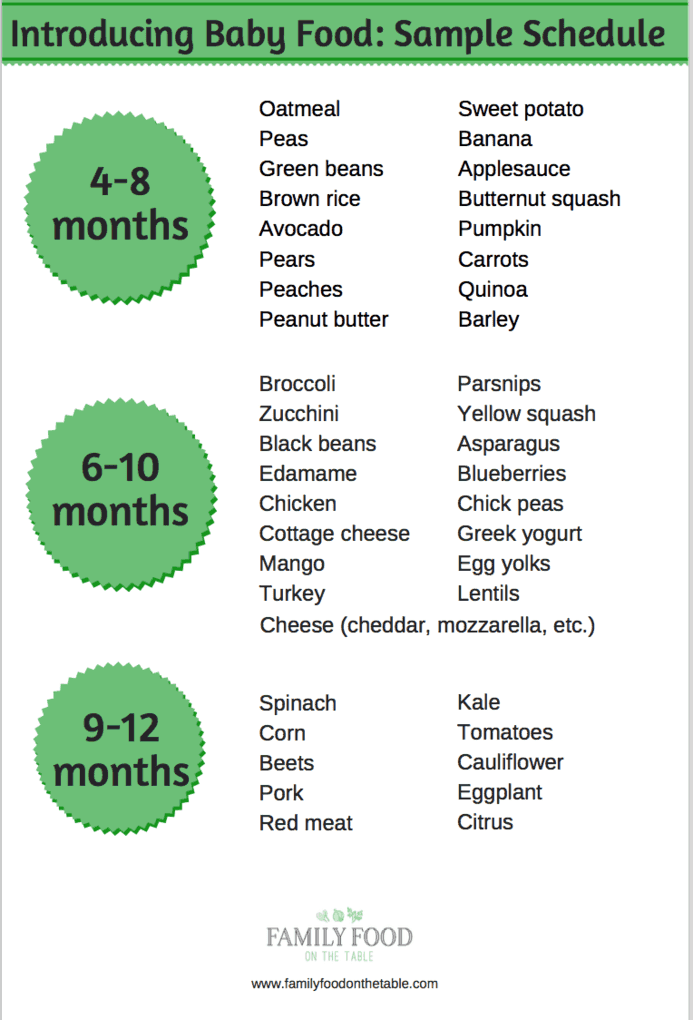 Particles of top dressing should not be more than 1-2 mm. Very fine gravel or sand washed in water is placed in a separate container. After 10 days, eggs are removed from the diet, but other components are introduced, for example, root crops (boiled potatoes, etc.). Salt, rice, rye, wheat bran (up to 10%), herbal flour (6-10%) are introduced into the menu of two-week-old chickens. From 3 weeks old, chicks gradually begin to accustom themselves to whole grains. Particles of top dressing should not be more than 1-2 mm. Very fine gravel or sand washed in water is placed in a separate container. After 10 days, eggs are removed from the diet, but other components are introduced, for example, root crops (boiled potatoes, etc.). Salt, rice, rye, wheat bran (up to 10%), herbal flour (6-10%) are introduced into the menu of two-week-old chickens. From 3 weeks old, chicks gradually begin to accustom themselves to whole grains. |
| 1 month | At this age, the young are already quite strong, they can spend time walking, where they independently find greenery, seeds of various plants, worms and beetles. If the birds are in a closed aviary and cannot pluck the grass, then they need to be given it along with grain and vegetables. In general, the share of green grass in the diet of one-month-old young animals should be about 1/3 part, no less. Grain can be given both ground and whole: the birds are already able to peck it. It can be anything: wheat, barley, corn, oats, etc.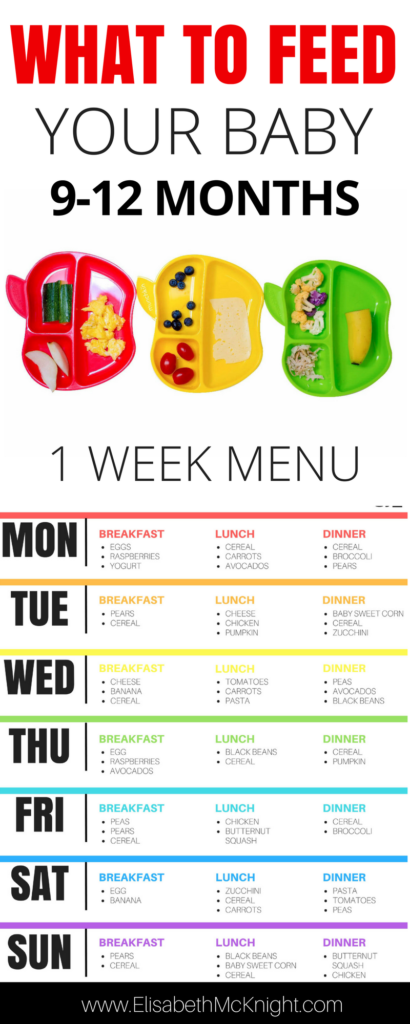 At this age, legumes can also be fed: peas, chickpeas, small beans, etc. In addition to grain products, you can feed root crops, fresh or boiled, to monthly chickens, vegetables from the garden and their tops, kitchen waste of both plant and animal origin, bran, meal and cake, compound feed. From mineral additives - bone and fish meal, chalk or lime, shell rock, salt. In addition to food, young animals should always have clean water in drinking bowls and pebbles that the bird needs for normal digestion. At this age, legumes can also be fed: peas, chickpeas, small beans, etc. In addition to grain products, you can feed root crops, fresh or boiled, to monthly chickens, vegetables from the garden and their tops, kitchen waste of both plant and animal origin, bran, meal and cake, compound feed. From mineral additives - bone and fish meal, chalk or lime, shell rock, salt. In addition to food, young animals should always have clean water in drinking bowls and pebbles that the bird needs for normal digestion. |
Chickens of meat breeds differ from egg breeds in that they need more complete proteins and vitamins, so their diet should be tailored to this feature. Therefore, it is necessary to give more protein feed, such as legumes (grains and green mass), meat and bone and fish meal, fresh kitchen waste. It should also be borne in mind that they eat more, so they need to be fed more often, especially in the first days of life.
Farmer's councils
When changing nutrition, the sensitivity of chickens to changes in composition should be taken into account.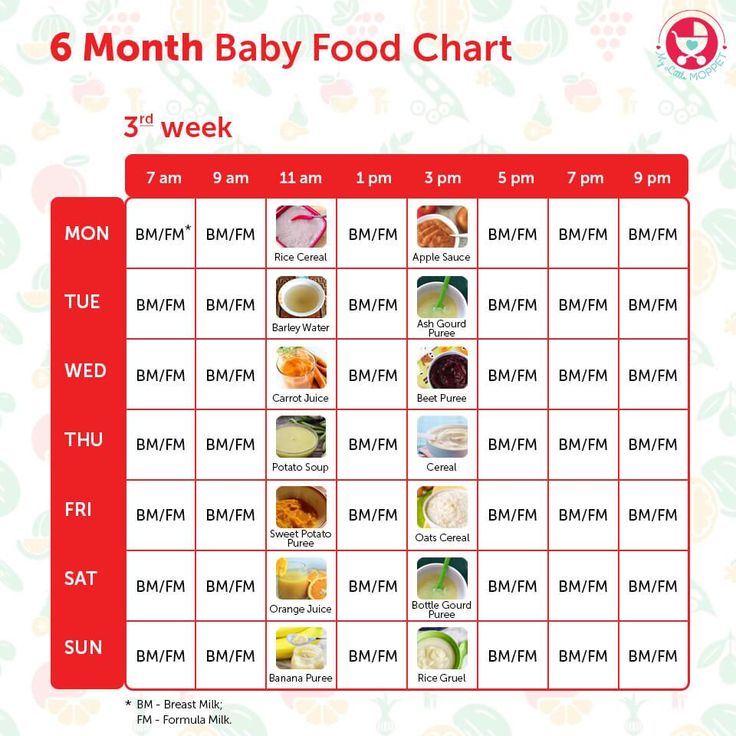 For this reason, birds should be transferred to a different diet gradually, over 3-5 days, daily adding new food to the usual food, gradually increasing its amount.
For this reason, birds should be transferred to a different diet gradually, over 3-5 days, daily adding new food to the usual food, gradually increasing its amount.
There should always be fresh water in the drinker, in which a little potassium permanganate is diluted - so much so that the liquid does not turn pink.
It is advisable to mix common salt (up to 5 g per 1 kg of the mixture) and ground egg shells into the feed.
The main disadvantage of self-prepared mixtures is the fragility of their storage. In contrast, prepared feed can be left in the feeder for as long as the chicks need to saturate.
In our company, you purchase safe, certified mixtures with high nutritional value. Products exceed the requirements of GOSTs in quality. At your request, it is possible to develop an individual recipe for specific chicken breeds.
The MEGAMIX company cooperates with a network of dealers in Moscow and regions. You can clarify the terms of the order and delivery by phone +7 (8442) 97-97-97 or on our website.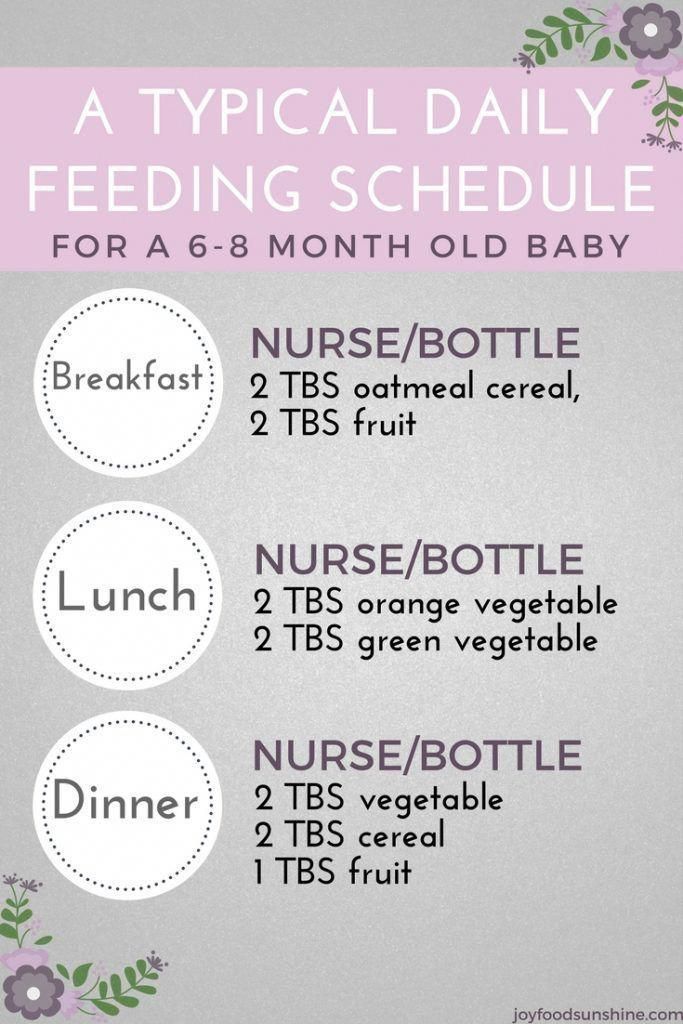
Free consultation
Ask a question to a specialist or order a price list
Telephone
Comment
09.11.2020
What and how to feed chickens from the first days of life: recommendations and photo review
Everyone who decides to have fluffy lumps - chickens, hopes that he will be able to grow a strong and strong livestock. Doing this at home is not so difficult if you approach nutrition and bird care in the right way. Unfortunately, very often the cause of the death of young animals is precisely the wrong diet. In order to prevent this from happening, you need to know what to feed the chickens, when and how to do it correctly in accordance with their age needs.
Features and rules of feeding
A chicken is essentially a child, and all children need to be fed correctly and nutritiously. To avoid possible negative consequences in the future, a balanced diet should be established literally from birth.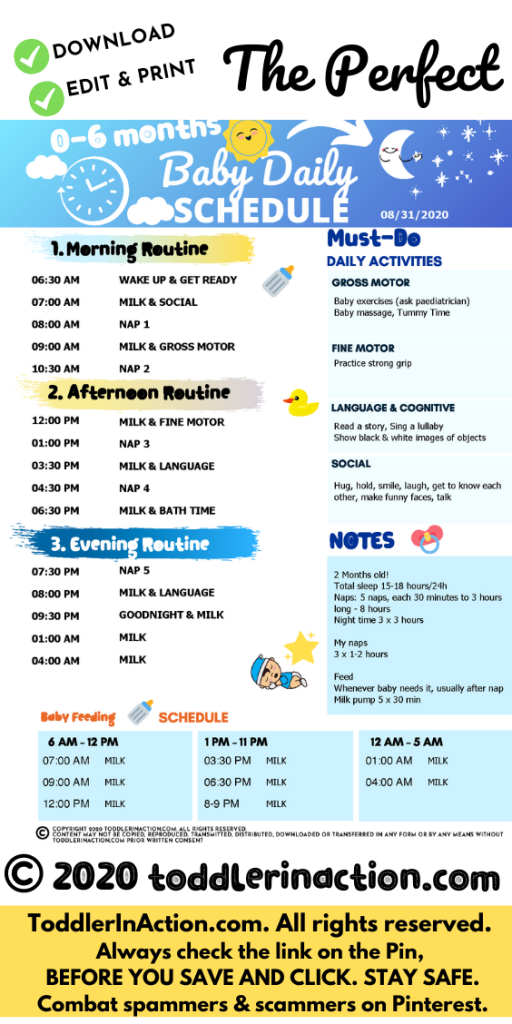 If you are buying day old chicks from a hatchery in the market, ask how long ago they hatched and if they have been fed. Set the feeding schedule for your feathered babies. At first, they will have to be fed every 2 hours, but this is not for long, after the chickens celebrate their one-month anniversary, only 3 feedings will be enough for them.
If you are buying day old chicks from a hatchery in the market, ask how long ago they hatched and if they have been fed. Set the feeding schedule for your feathered babies. At first, they will have to be fed every 2 hours, but this is not for long, after the chickens celebrate their one-month anniversary, only 3 feedings will be enough for them.
In addition to a balanced diet, your chicks should always have clean and fresh water. Some breeders recommend periodically soldering chickens with a weak solution of potassium permanganate. Others consider it poisonous and argue that with the slightest violation in the proportions in the process of preparing the solution, it can bring harm to the birds, not benefit.
Newly hatched chicks only
The first feeding of the chicks should take place immediately after they are dry. Nature has programmed the brain of a newborn chicken in such a way that immediately after he swallows something on his own for the first time in his life, this will start the mechanisms for the formation of the “correct” digestive system and the feeding reflex.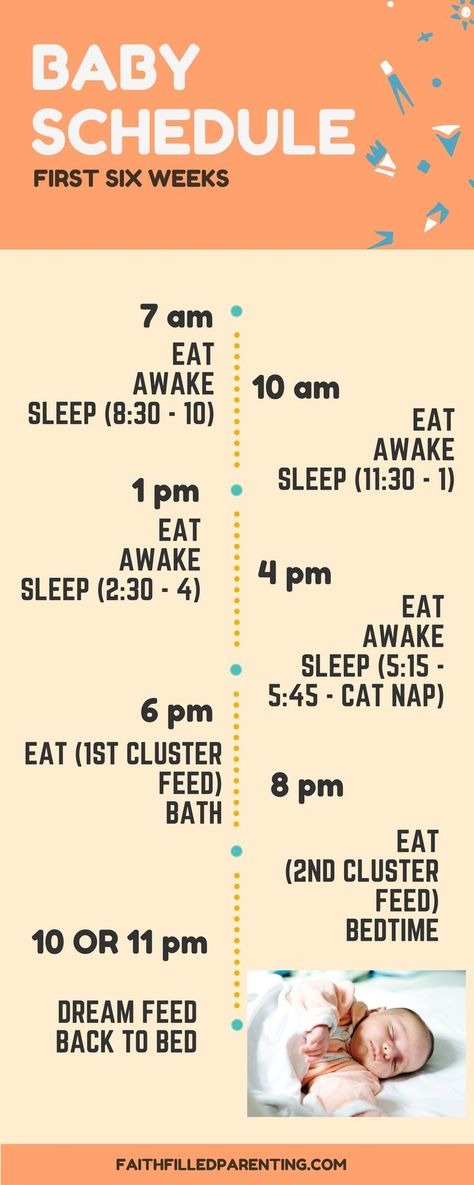 The process of leaving the egg itself is very energy-intensive. In order to somehow compensate for these energy costs, the so-called yolk sac is provided, which will serve as a source of nutrients for the newborn for the first 10-12 hours of life.
The process of leaving the egg itself is very energy-intensive. In order to somehow compensate for these energy costs, the so-called yolk sac is provided, which will serve as a source of nutrients for the newborn for the first 10-12 hours of life.
In order not to provoke a deficiency of these same nutrients in your hatched birds, immediately offer them food. Small corn grits are ideal for the first feeding. Scatter it simply on the floor of the cage or on the cardboard, so it will be more convenient for the chicks to peck at it. After that, take care of drinking, in the first 24 hours of life, the chicks will benefit from a 3-5% glucose solution - a powerful source of energy. It's great if you also add vitamin C there, at the rate of 10 g per 10 liters of liquid.
Day old
Many people are accustomed to feeding small day old chicks hard-boiled chicken eggs. And more recently, they began to talk about the fact that it is wrong to use such food for chickens in the first days of life.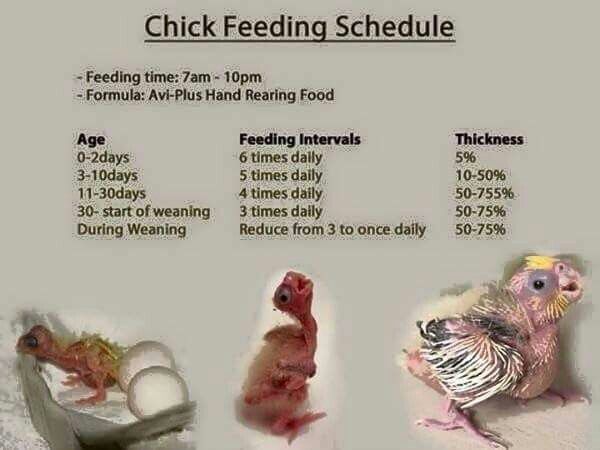 The egg does not give the proper load on the chicken stomach, which interferes with the formation of the correct muscles of the gastrointestinal tract. Protein oversaturates the body of the chick with proteins, and the yolk with fats. And this, in turn, negatively affects the process of assimilation of B vitamins, which are essential for the nervous system of chickens.
The egg does not give the proper load on the chicken stomach, which interferes with the formation of the correct muscles of the gastrointestinal tract. Protein oversaturates the body of the chick with proteins, and the yolk with fats. And this, in turn, negatively affects the process of assimilation of B vitamins, which are essential for the nervous system of chickens.
Although there is a successful experience of growing chickens at home on chicken eggs, it is probably not worth neglecting the latest research in this area either. Therefore, it is still preferable to dilute corn grits for chickens on the second day of life with such cereals as wheat, barley, semolina, oatmeal or millet. Make sure that all the chicks peck at the grain.
If a chick has an empty stomach, it is better to remove it from the common cage and feed it separately until its appetite returns to normal. Recall that daily babies need to be fed every two hours (that is, more than 10 times a day).
In addition to mixtures of cereals, starting from two or three days of age, finely chopped greens, cottage cheese, and wet mash are introduced into the diet of chickens.
Dairy products, a source of calcium and proteins, deserve special attention in the diet of feathered babies. In addition to cottage cheese, do not forget about kefir and yogurt. If the chicks refuse to voluntarily consume these products, they will have to drink yogurt from a pipette. Thanks to this, the microflora of the gastrointestinal tract of your small pets will be populated with beneficial microflora. Of course, he does not forget about greenery, from the third day of life, the chickens can already eat it. Young nettles, dandelions, clover, green onions from their own garden are the best food for chicks.
Weekly
At the age of one week (7 days) we continue to feed the chickens with mixtures of cereals, herbs and cottage cheese, the consumption rate during this period is 10 grams of feed per chick.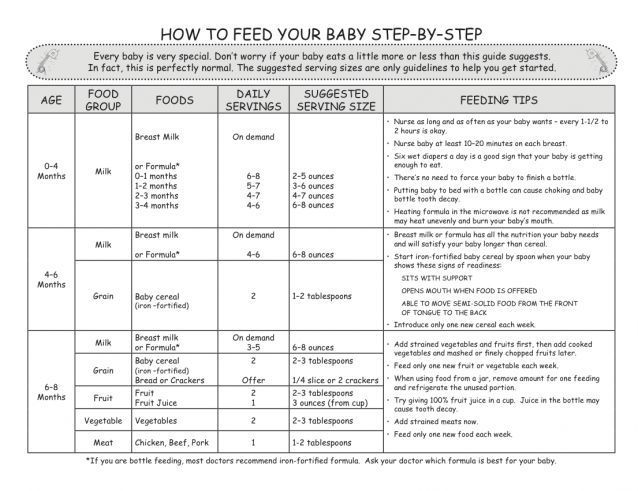 We add wet mash with the same cereals and boiled potatoes or grated carrots to the diet, red carrots are especially useful. Starting from the 6-10th day of life, you can introduce mineral supplements, such as small shells, chalk, do not forget to water the chicks. We put a container with sand - in it the chickens not only swim with pleasure, but can also peck some grains of sand. For them, this is very useful - the esophagus is cleared and the food in the stomach is better ground.
We add wet mash with the same cereals and boiled potatoes or grated carrots to the diet, red carrots are especially useful. Starting from the 6-10th day of life, you can introduce mineral supplements, such as small shells, chalk, do not forget to water the chicks. We put a container with sand - in it the chickens not only swim with pleasure, but can also peck some grains of sand. For them, this is very useful - the esophagus is cleared and the food in the stomach is better ground.
Monthly
Three-week-old and one-month-old chicks can already spend most of their time in the pen. You can no longer chop the grass for them, as before, but hang bunches of herbs in bunches so that they can peck at the greens they like the most. You can give the birds more mash, but it's time to wean them off the "children's" cereals. For them, crushed grain is already suitable, and from the age of one and a half months and whole. Since the babies are in the stage of active growth, increase the proportion of minerals and vitamins in their feed.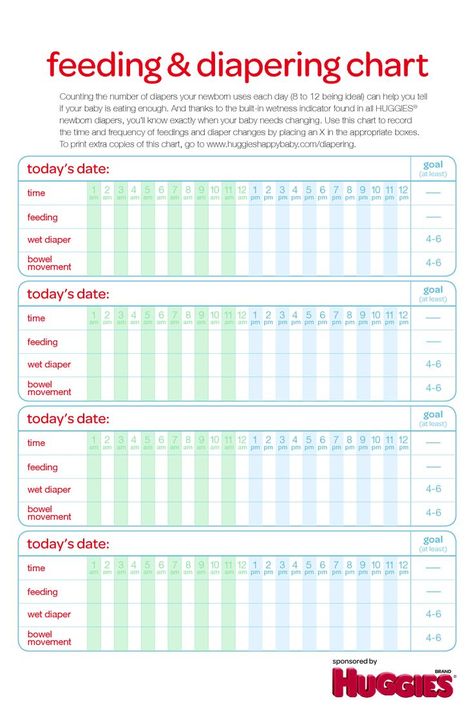
Mix three-week-old chicks with meat and bone or fish meal, fish oil, pieces of sea fish. Some breeders prefer to feed their chicks with special baby food balanced for their age requirements.
Care considerations
In addition to a balanced diet, home chicks must be provided with the necessary comfort and care. It is better to settle them in well-ventilated cages, it is not bad if it is possible to provide them with walking. The cage needs to be cleaned every day. For convenience, a newspaper is laid on the floor where day old chicks live, which is easily removed as it gets dirty with droppings. The floor in the cage where chicks older than 10 days live is covered with sawdust. So that your feathered babies do not get stressed, feed them at the same time and keep the cage at a constant temperature and sufficient light.
Wash the drinkers and feeders daily, especially after wet mashes. The slightest violation of sanitary conditions can lead not only to illness, but also to pestilence among young animals.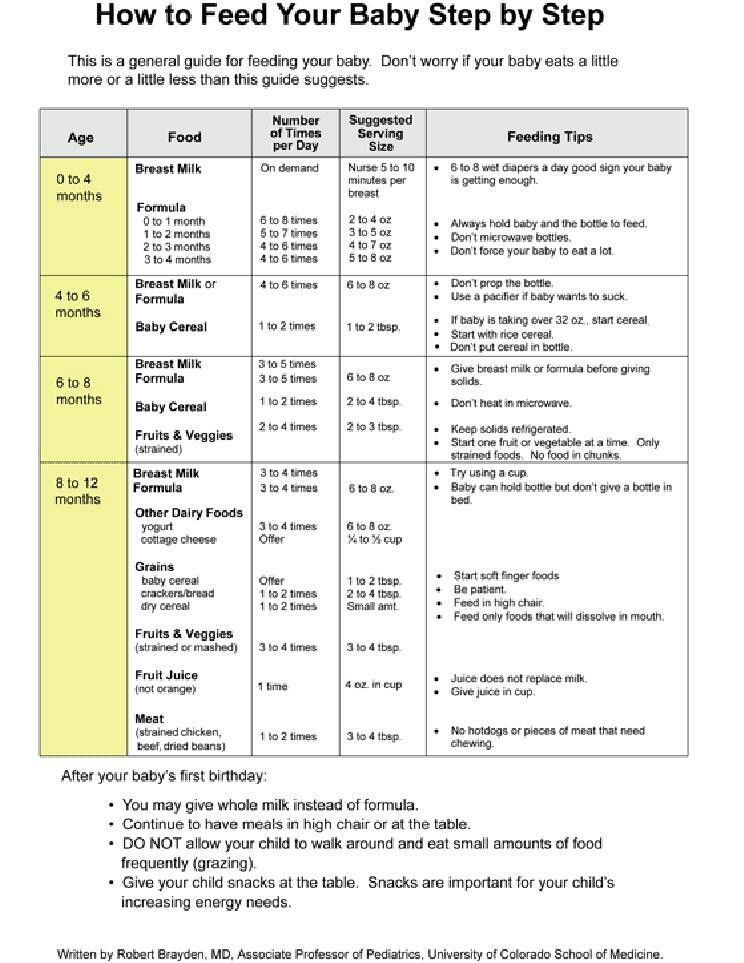

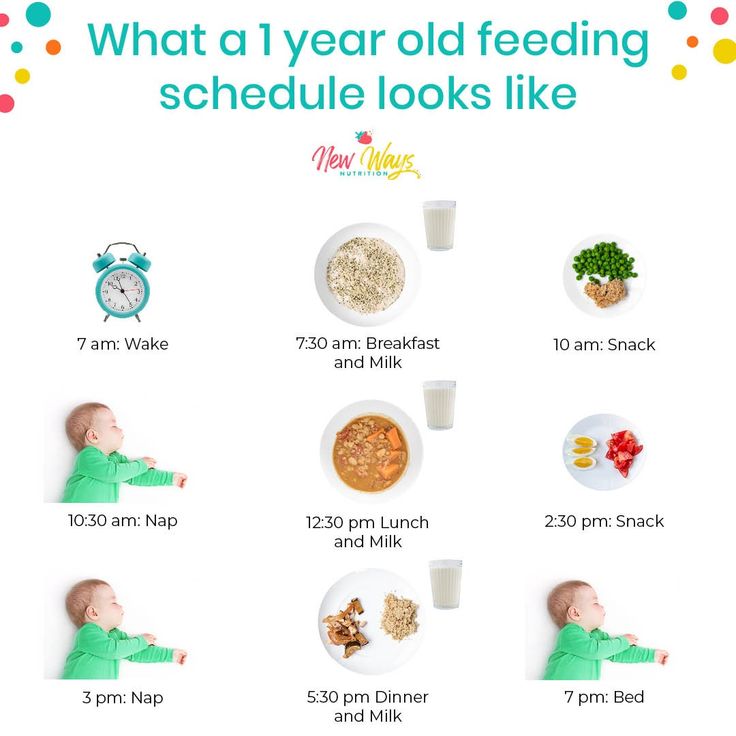 For broilers, loose compound feed can be introduced into the diet from the first days of life, and for laying hens - from the second week. When using dry mixes, it is important to provide the hens with sufficient drinking water.
For broilers, loose compound feed can be introduced into the diet from the first days of life, and for laying hens - from the second week. When using dry mixes, it is important to provide the hens with sufficient drinking water. 